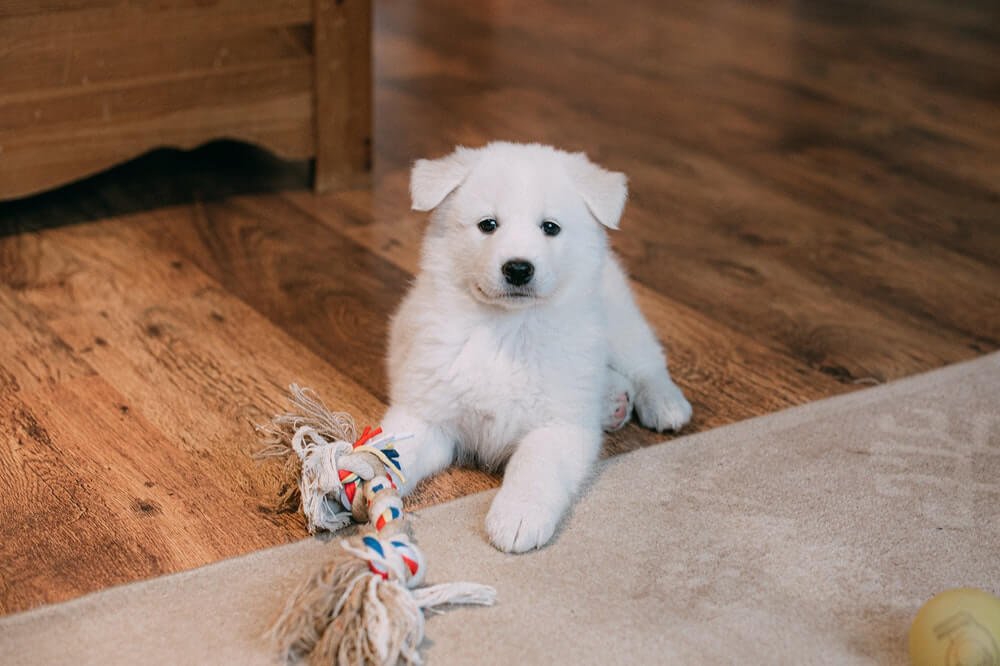 If you have a pet of any sort, you get it. Your life tends to revolve around them. As some of us say, “it’s your world… we just pay for it.” And there’s nothing wrong with that. In fact, it’s commendable. They’re another member of your household whose needs you need to keep in mind at all times. They can honestly be even higher maintenance than children sometimes. Children grow up and (hopefully) learn to take care of themselves. Pets, while very smart, will rely on you for their entire lives.
If you have a pet of any sort, you get it. Your life tends to revolve around them. As some of us say, “it’s your world… we just pay for it.” And there’s nothing wrong with that. In fact, it’s commendable. They’re another member of your household whose needs you need to keep in mind at all times. They can honestly be even higher maintenance than children sometimes. Children grow up and (hopefully) learn to take care of themselves. Pets, while very smart, will rely on you for their entire lives.
When you get a pet, no matter what kind, you need to make all sorts of sacrifices. You need to think about your schedule, you need to think about budgeting for what they need, and the focus of today’s post – you need to adjust your home a little bit. That can be overwhelming, but you know that the Restumping Melbourne team not only has your back but will help prepare you for every situation. In today’s case, let’s prepare your home for a pet. Read on for more information and always reach out to us with any questions and comments:
- Do your homework about what you need to buy. The first thing that comes to mind is anything that’s going to protect your floor (potty pads, a cat litter box, etc.), but this article has a great comprehensive list. We should clarify that this article does tend to focus on your furry friends, especially because they are the most mobile.
- Once you’ve done your homework and purchased what you think you need, again – focus on the floors first. It’s not like they can do their business on the walls or ceiling. (If they can, let us know – that’s just impressive). You don’t want to be constantly cleaning your carpet, where stains can sink in quickly and you won’t even know they’re there. You don’t want to be constantly wiping up your wooden floor – nobody’s back wants that. Training is obviously a solution, but so too are the products like we mentioned above. You might want to purchase a few in key rooms in the house, where you’re noticing that your pets are hanging out the most.
- Gates are paramount, depending on the size of your pet and how well they’re trained. Especially when they’re babies and if they have explorative natures, you don’t want them wandering around the house. So, set up gates outside of key areas, (especially where there are valuables) and at the foot or top of the stairs if you have a multi-storey home.
- Finally – and this can be the most cost-intensive, you might want to look into a mini door on your back door for your pet to go in and out. Of note, this should only be explored once they’re trained and you know they won’t escape, but can be a game-changer, especially if you have outdoor spaces that they can learn to access and then enjoy by themselves. Just make sure they’re fenced in!
